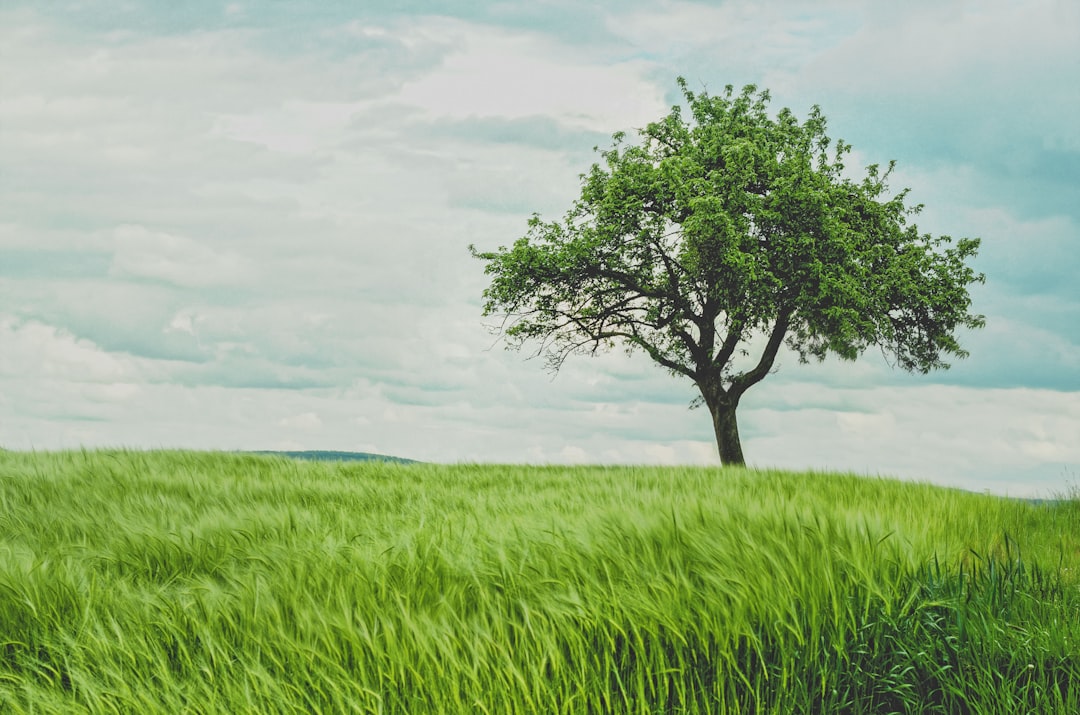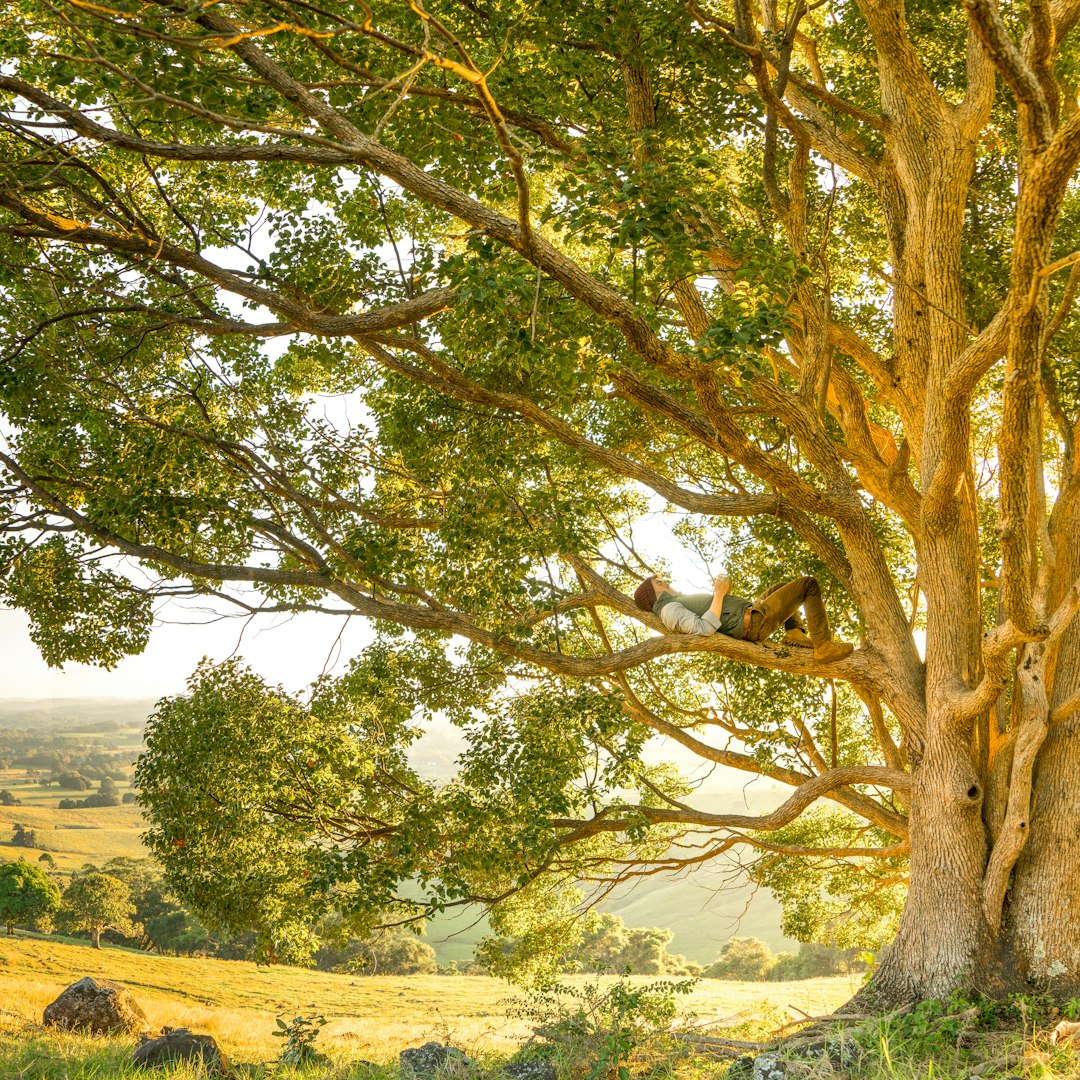Support our educational content for free when you buy through links on our site. Learn more
Have you ever gazed at a miniature bonsai garden and felt a wave of tranquility wash over you? These tiny landscapes are not just beautiful; they are a testament to the art of patience and creativity. In this article, we’ll explore 10 stunning miniature bonsai garden design ideas that will inspire you to create your own serene oasis. Whether you’re a seasoned bonsai enthusiast or a curious beginner, you’ll find practical tips, essential elements, and design tricks that will elevate your gardening game!
Did you know that the art of bonsai has been practiced for over a thousand years? It originated in China before making its way to Japan, where it evolved into the intricate and delicate art form we know today. As you dive into the world of miniature bonsai gardening, you’ll discover how to create a harmonious balance of nature, art, and personal expression right in your own home. Ready to cultivate your creativity? Let’s get started!
Key Takeaways
- Choose the Right Trees: Selecting suitable bonsai species like Ficus or Juniper is crucial for a thriving garden.
- Design Elements Matter: Incorporate rocks, water features, and decorative elements to create a balanced and visually appealing landscape.
- Regular Maintenance is Key: Pruning, watering, and fertilizing your bonsai are essential for their health and longevity.
- Therapeutic Benefits: Gardening can reduce stress and promote relaxation, making it a rewarding hobby.
Ready to start your miniature bonsai journey? Shop Bonsai Tools and Bonsai Soil to get everything you need for your beautiful garden! 🌱✨
Table of Contents
- Quick Tips and Facts
- The Art of Miniature Bonsai Garden Design: A Brief Overview
- Essential Elements of a Miniature Bonsai Garden
- Choosing the Right Bonsai Trees for Your Miniature Garden
- Designing Your Miniature Bonsai Landscape: Tips and Tricks
- Creating a Miniature Bonsai Garden: Step-by-Step Guide
- Common Mistakes to Avoid in Miniature Bonsai Garden Design
- Incorporating Accessories and Décor in Your Miniature Garden
- Maintaining Your Miniature Bonsai Garden: Care Tips
- Inspiration from the Best Miniature Bonsai Gardens Around the World
- The Therapeutic Benefits of Miniature Bonsai Gardening
- Conclusion
- Recommended Links
- FAQ
- Reference Links
Quick Tips and Facts
To get started with your miniature bonsai garden design 🌳, check out our article on bonsai garden mini for inspiration and guidance. Here are some quick tips and facts to keep in mind:
- Choose the right trees: Select trees that are suitable for bonsai cultivation, such as Ficus or Juniper.
- Use proper tools: Invest in good quality bonsai tools to ensure you can prune and care for your trees effectively.
- Water carefully: Over-watering is a common mistake, so make sure to check the soil moisture before watering your trees.
- Provide enough light: Most bonsai trees need plenty of light to thrive, so place them in a spot with sufficient natural light.
The Art of Miniature Bonsai Garden Design: A Brief Overview
Miniature bonsai garden design is an art form that requires patience, dedication, and attention to detail. It involves creating a balanced and harmonious environment that showcases the beauty of nature in a small space. To learn more about the basics of bonsai gardening, visit our Bonsai for Beginners section.
History of Bonsai
Bonsai has a rich history that dates back thousands of years to ancient China and Japan. The art of bonsai has evolved over time, with different styles and techniques emerging in various parts of the world. For a deeper understanding of bonsai history, check out this article from National Geographic.
Essential Elements of a Miniature Bonsai Garden
A well-designed miniature bonsai garden should include several essential elements, such as:
- Trees: The focal point of the garden, choose trees that are suitable for bonsai cultivation and provide a balanced composition.
- Rock and stone: Used to create a natural and harmonious environment, rock and stone can help to create a sense of balance and stability.
- Water features: A small water feature can add visual interest and create a sense of movement in the garden.
- Decorative elements: Decorative elements such as bridges, lanterns, and statues can add a personal touch to the garden.
Choosing the Right Bonsai Trees for Your Miniature Garden
Choosing the right bonsai trees for your miniature garden is crucial to creating a balanced and harmonious environment. Consider the following factors when selecting trees:
- Climate: Choose trees that are suitable for your local climate and can thrive in the conditions you can provide.
- Size: Select trees that are proportional to the size of your garden and will not outgrow their containers.
- Style: Consider the style of your garden and choose trees that fit with the overall aesthetic.
Popular Bonsai Tree Species
Some popular bonsai tree species include:
- Ficus: A versatile and easy-to-grow species, Ficus is a popular choice for beginners.
- Juniper: A hardy and adaptable species, Juniper is well-suited to bonsai cultivation.
- Maple: A deciduous species with stunning fall colors, Maple is a popular choice for bonsai enthusiasts.
Designing Your Miniature Bonsai Landscape: Tips and Tricks
Designing a miniature bonsai landscape requires careful planning and attention to detail. Here are some tips and tricks to help you get started:
- Start with a theme: Choose a theme or style for your garden, such as a Japanese-inspired or tropical design.
- Use a variety of textures: Incorporate a variety of textures, such as rock, stone, and wood, to add depth and interest to your garden.
- Don’t forget the details: Add decorative elements, such as lanterns and statues, to create a unique and personalized garden.
Creating a Miniature Bonsai Garden: Step-by-Step Guide
Creating a miniature bonsai garden is a fun and rewarding project that can be completed with a few simple steps. Here’s a step-by-step guide to get you started:
- Choose a container: Select a container that is proportional to the size of your trees and provides good drainage.
- Prepare the soil: Use a high-quality bonsai soil that is specifically designed for bonsai cultivation.
- Plant your trees: Plant your trees in the container, leaving enough space for growth and development.
- Add decorative elements: Incorporate decorative elements, such as rock and stone, to create a natural and harmonious environment.
Common Mistakes to Avoid in Miniature Bonsai Garden Design
When designing a miniature bonsai garden, there are several common mistakes to avoid. Here are a few tips to help you avoid common pitfalls:
- Don’t over-water: Over-watering is a common mistake that can be detrimental to the health of your trees. Check the soil moisture regularly to ensure you’re not over-watering.
- Don’t under-water: Under-watering can also be detrimental to the health of your trees. Make sure to water regularly, but avoid over-watering.
- Don’t neglect maintenance: Regular maintenance is crucial to the health and well-being of your trees. Make sure to prune and fertilize your trees regularly.
Incorporating Accessories and Décor in Your Miniature Garden
Incorporating accessories and décor in your miniature garden can add a personal touch and create a unique and interesting environment. Here are a few ideas to get you started:
- Add a water feature: A small water feature can add visual interest and create a sense of movement in the garden.
- Incorporate decorative elements: Decorative elements such as lanterns and statues can add a personal touch to the garden.
- Use lighting: Lighting can be used to highlight specific features of the garden and create a sense of drama and interest.
Maintaining Your Miniature Bonsai Garden: Care Tips
Maintaining your miniature bonsai garden requires regular care and attention. Here are a few tips to help you keep your garden healthy and thriving:
- Water regularly: Make sure to water your trees regularly, but avoid over-watering.
- Prune regularly: Regular pruning is crucial to the health and well-being of your trees.
- Fertilize regularly: Regular fertilization can help promote healthy growth and development.
Inspiration from the Best Miniature Bonsai Gardens Around the World
For inspiration and ideas, check out some of the best miniature bonsai gardens around the world. Here are a few examples:
- The National Bonsai & Penjing Museum: Located in Washington, D.C., this museum features a stunning collection of bonsai trees and gardens.
- The Bonsai Garden at the Huntington: Located in San Marino, California, this garden features a beautiful collection of bonsai trees and a variety of plant species.
- The Japanese Garden at the Missouri Botanical Garden: Located in St. Louis, Missouri, this garden features a stunning collection of Japanese maples and other plant species.
The Therapeutic Benefits of Miniature Bonsai Gardening
Miniature bonsai gardening can have a range of therapeutic benefits, from reducing stress and anxiety to promoting relaxation and well-being. Here are a few ways that miniature bonsai gardening can be beneficial for your mental and physical health:
- Reduces stress and anxiety: The act of caring for and nurturing bonsai trees can be calming and meditative, reducing stress and anxiety.
- Promotes relaxation: The peaceful and serene environment of a miniature bonsai garden can promote relaxation and reduce feelings of tension and stress.
- Improves mental health: The sense of accomplishment and pride that comes from creating and maintaining a miniature bonsai garden can improve mental health and well-being.
Conclusion

In conclusion, designing a miniature bonsai garden is a rewarding journey that combines creativity, patience, and a love for nature. By carefully selecting the right trees, incorporating essential elements, and maintaining your garden with care, you can create a stunning miniature landscape that brings tranquility and beauty to your space.
Positives of creating a miniature bonsai garden include:
- Aesthetic Appeal: A well-designed garden can be a beautiful focal point in your home or yard.
- Therapeutic Benefits: Gardening can reduce stress and promote relaxation.
- Creative Expression: You can express your personality and style through your garden design.
Negatives may include:
- Time-Consuming: Regular maintenance and care are required to keep your bonsai healthy.
- Learning Curve: It may take time to learn the nuances of bonsai care and design.
Overall, we confidently recommend diving into the world of miniature bonsai gardening. With the right tools, resources, and a bit of patience, you can cultivate a beautiful and thriving bonsai garden that will bring joy for years to come! 🌱✨
Recommended Links
- Bonsai Tools: Shop Bonsai Tools on Amazon
- Bonsai Soil: Shop Bonsai Soil on Amazon
- Ficus Bonsai Tree: Shop Ficus Bonsai on Amazon
- Juniper Bonsai Tree: Shop Juniper Bonsai on Amazon
- Bonsai Gardening Books: Explore Bonsai Books on Amazon
FAQ

What are the best bonsai tree species for a miniature garden design?
When it comes to selecting bonsai trees for your miniature garden, consider species that are small in stature and have beautiful foliage. Some of the best species include:
Ficus
- Characteristics: Hardy and adaptable, Ficus trees are perfect for beginners.
- Care: They thrive in a variety of indoor conditions and require moderate watering.
Juniper
- Characteristics: Known for their beautiful foliage and rugged appearance, Junipers are great for outdoor gardens.
- Care: They prefer full sun and well-draining soil.
Maple
- Characteristics: Maple trees offer stunning fall colors and are a favorite among bonsai enthusiasts.
- Care: They require a bit more attention to watering and light conditions.
Read more about “37 Miniature Bonsai Garden Ideas to Transform Your Space 🌿 …”
How do I care for a miniature bonsai tree to keep it healthy and thriving?
To keep your miniature bonsai tree healthy, follow these essential care tips:
Watering
- Frequency: Check the soil moisture regularly and water when the top inch feels dry.
- Technique: Water thoroughly until it drains from the bottom.
Pruning
- Regular Maintenance: Prune branches and leaves to maintain shape and promote healthy growth.
- Timing: Prune during the growing season for best results.
Fertilization
- Nutrients: Use a balanced bonsai fertilizer during the growing season to promote healthy growth.
- Frequency: Fertilize every 4-6 weeks during spring and summer.
Read more about “Discover the Ultimate Bonsai Garden Menu: 10 Must-Try Dishes for 2025! 🍣”
What are the essential elements of a miniature bonsai garden design to create a balanced look?
Creating a balanced miniature bonsai garden involves several key elements:
Trees
- Focal Point: Choose a variety of bonsai trees that complement each other in size and shape.
Rocks and Stones
- Natural Feel: Incorporate rocks to create a sense of stability and mimic natural landscapes.
Water Features
- Visual Interest: A small pond or stream can add movement and tranquility to your garden.
Decorative Elements
- Personal Touch: Use lanterns, bridges, or sculptures to enhance the aesthetic appeal of your garden.
Can I grow a miniature bonsai tree indoors, and what are the best conditions for indoor growth?
Yes, you can grow miniature bonsai trees indoors! Here are some tips for creating the best conditions:
Light
- Natural Light: Place your bonsai in a spot that receives plenty of indirect sunlight, such as near a window.
Temperature
- Stable Environment: Keep your bonsai in a room with a consistent temperature, ideally between 65°F and 75°F.
Humidity
- Moisture: Indoor environments can be dry, so consider using a humidity tray or misting your bonsai regularly.
Reference Links
- National Geographic: Bonsai
- Bonsai Garden Design
- Bonsai Species Guide
- Bonsai Care Basics
- Bonsai Inspiration and Ideas
- Bonsai FAQs
By following these guidelines and utilizing the resources provided, you can embark on your miniature bonsai gardening journey with confidence! Happy gardening! 🌿🌼





